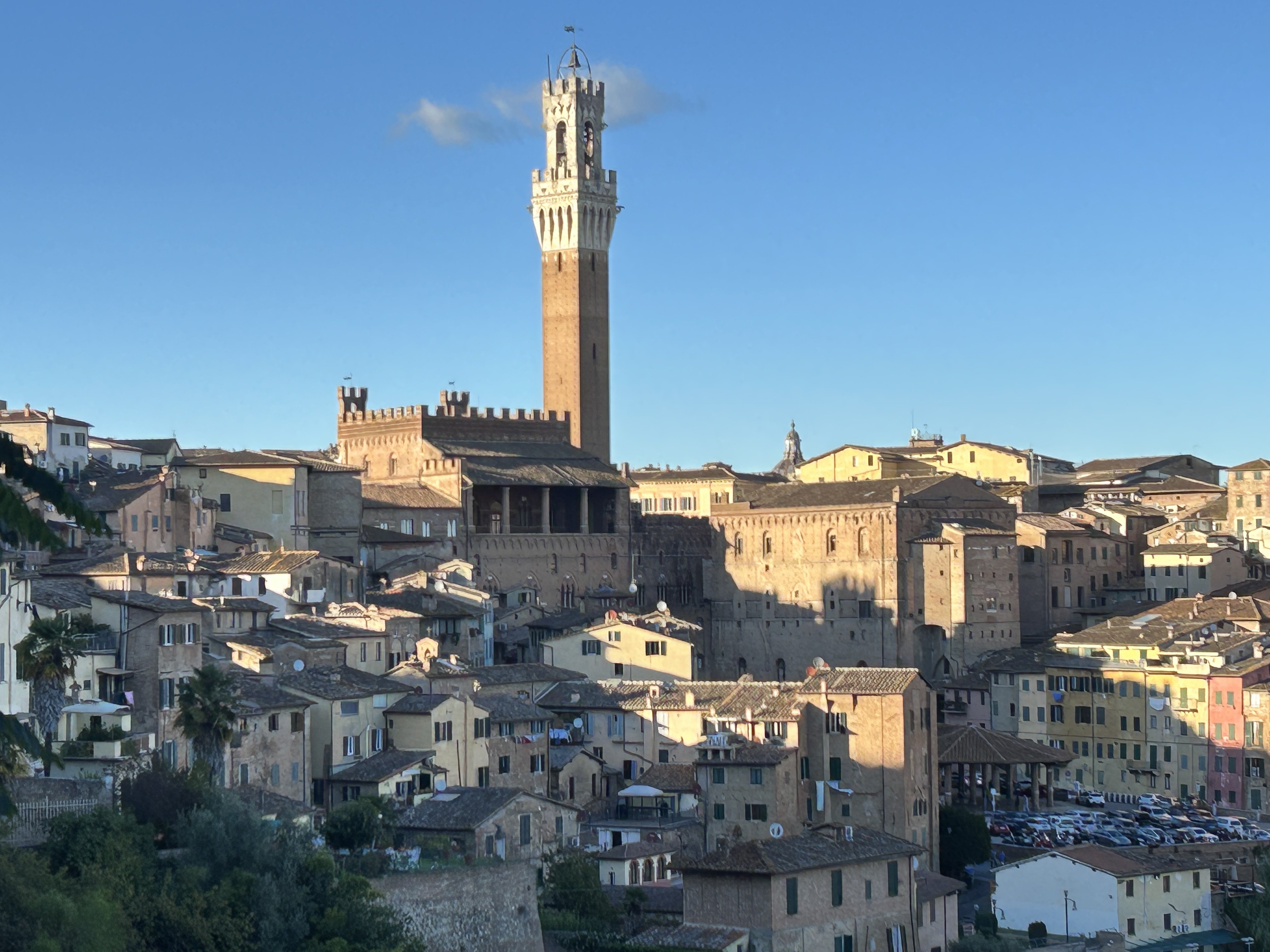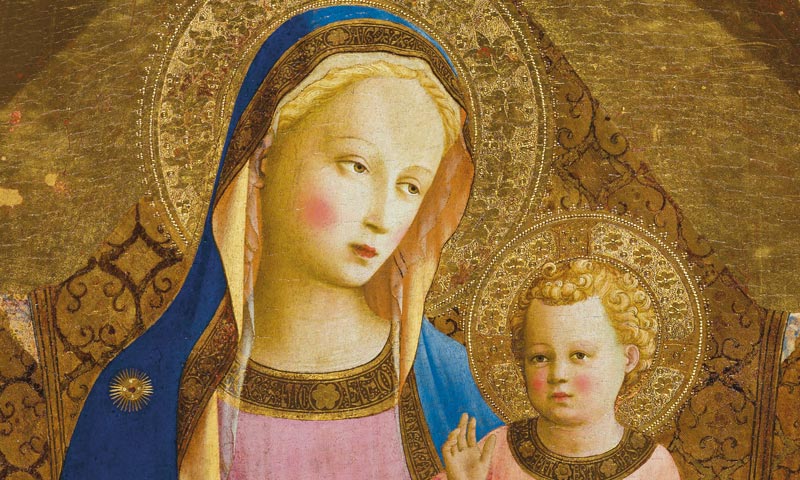Starting in Etruscan times the residents of Orvieto excavated a shadow, alternative city in the obliging tufa stone
Orvieto, with its spectacular cathedral and
memories of the days when the popes made it a favoured retreat, takes 75
minutes by car and less than an hour by train from Camucia-Cortona.
The town sits on a pedestal, a sheer-cliff
mesa, and looks much the same as it did 500 years ago. Its origins go back to
Etruscan times when, like Cortona, it was one of the 12 cities of the Etruscan
Confederation.
Orvieto is dominated by one of Italy’s
greatest cathedrals, a glorious and joyous place to visit. Records list the
names of the152 sculptors who worked on the façade. Inside the greatest
treasures are to be found in its chapels. Of these, one of the finest fresco
cycles of the Renaissance painted by Cortona’s most famous son, Lucca
Signorelli, is in the Capella di San Brizio.
Starting in Etruscan times the residents of Orvieto
excavated a shadow, alternative city in the obliging tufa stone, an underground
labyrinth of galleries containing wine cellars, wells, ovens, aqueducts,
religious shrines, medieval rubbish pits and more. Guided tours of this curious
subterranean world depart from the tourist office in the piazza in front of the
cathedral.
In the north-eastern part of Orvieto, next to
the funicular that takes you up to the top of
the town – this is also a good place to park if you arrive by car – is the most celebrated of the towns
underground wonders, the indigenous Pozzo di San Patrizio. Designed in the
1530s by Antonio da Sangallo the Younger it comprises two spiral stairs of 248
steps in a brick double helix to haul water to the surface, one for the
watercarriers and their donkeys going down, another for going up.
Orvieto has some very good restaurants and is
home to the most delicious white wine, Orvieto Classico. Bigi is one of the
largest producers and their value-for-money wines can be found in local
supermarkets. The dry version is called secco.
Roger Jupe, 22/06/2020 08:59:08







